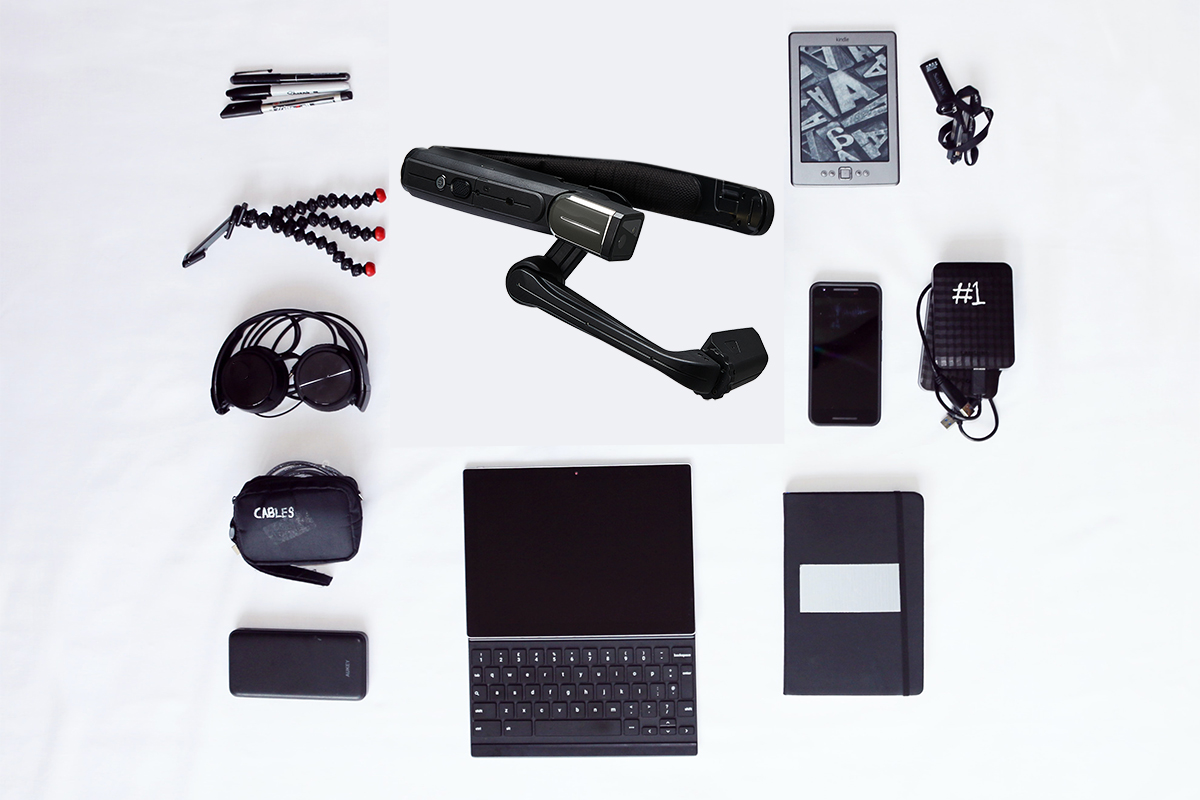
The reduction of travel time and travel costs are clear advantages of the remote support solution. But there are other clear advantages: for example, the increasing availability of service experts. The travel time that is no longer required can be used effectively. In addition, experts from other disciplines can be easily integrated into employee support without delay and without uncalculated costs - regardless of where they are located! This leads to more efficient error analysis and often to an optimization of processes and product improvements.
Globally operating companies also benefit from closer global cooperation. Remote support significantly improves communication. In addition, the transfer of knowledge is simplified because physical distance no longer is important.
Preparation for the Introduction
In order to introduce a new technology in a structured manner, the foundations that are required to quickly benefit from the innovations must be created in advance. For this purpose, in mechanical and plant engineering it is necessary to think about the internal sequence of assembly or commissioning of the machines.
View of the Process
The most effective way to do this is to work through several projects as use cases in detail. If a commissioning is considered in sections, it is possible to understand which points require special attention during the implementation.

In this way, all important decisions can be made in advance as to which features are required.
One of these important points is for example the infrastructure. Will the machine be set up in a new factory without infrastructure? Are power and Internet connections already available?
A stable Internet connection must be available not only in the expert's office, but of course also in the production facilities where the work is carried out. If the infrastructure is not yet in place, the Internet connection can be established with LTE hotspot routers.
Furthermore, the operational sequence must be considered.
At which work step is employee support necessary? How many end devices are actually needed? Does it make more sense to work with a Smart Glass, or is it sufficient to run the program as an app on a smartphone?
If many precision mechanical tasks have to be carried out, it is more practical to work with a Smart Glass so that the employee has his hands free and can concentrate on his work.
The Environment
Employees who will work with the new software and hardware must be involved in the process at an early stage. This gives them the opportunity to adapt to all innovations right from the start. They can also contribute valuable experience from previous processes.
And the environment in which the employee will be working must also be considered. An employee who has never worked with data glasses before will initially be strongly focused on the new technology. Here, it must be ensured that occupational safety is guaranteed even if the employee is initially careless. The measures required for this, such as the introduction of mandatory helmets or the wearing of bump caps, must be determined in advance.
Selection and Installation of Hard- and Software Solution
Hardware
Most of the time some of the required hardware is already available. Smartphones, tablets and laptops can be used.

In contrast, few companies own a smart glass. At this point, the findings from the user cases can be used. They help to decide which type of smart glass makes the most sense.
There are models in which the employee receives the information on an integrated display, through to models with Augmented Reality, in which the user is almost cut off from the outside world in a virtual reality.
In the working world, a model in which the operator is fully aware of his environment is best, in order to avoid accidents at work. For training purposes, the Augumented Reality version has advantages.
It is necessary to determine which hardware is better suited for employee support in machine and plant construction. The decision as to which functionality the solution must have is simplified by the user cases.
Software
For a company with an international focus, it is very supportive if the software has an integrated translation program to minimize language barriers. Additional functionalities can also be very helpful during commissioning based on previous experience. These include the possibility of recording the employee support, for example, to use it for training purposes. Or the creation of screenshots. These are points that are crucial when choosing the right software.
A very important aspect is usability. The remote support should make work easier for everyone. ADTANCE Support offers further information.
On Premise or Cloud Solution
If the company has its own servers and IT infrastructure support, it is possible to operate the remote maintenance software on Premise. Here local data on the network can be accessed without Internet access. The entire IT infrastructure for remote maintenance is in the hands of the company.
If these structures are not already in place, it makes sense to use the software as a cloud solution. This eliminates the need to invest in own servers. The security of the data and the creation of backups is the responsibility of the software provider. This eliminates the personnel costs for the company for the maintenance of the IT structure. Licenses can be renewed annually. Overall, a company can act very flexibly by using the cloud solution.
Clarification of the Interfaces
All instances required for the implementation must be brought together in time to clarify the interfaces.

On the operational side, these are the service manager and the production management.
With their experience, they can provide support for the use cases.
The legal department must be involved in order to clarify the legal aspects, such as the release of camera recordings at customers' premises.
At this point, it can also be discussed whether support should be offered in the branding of the own company.
Business development must also be involved in order to fully exploit the potential of remote maintenance via video-livestream.
Preperation for Go-Live
The duration of the introduction phase depends on the size of the company. For a small company starting remote support with one license and two data glasses as hardware, the implementation, testing and training can be done within one day. For large companies, the phase up to going live can last up to 6 months.
Test Run
After installation, a suitable location must be found for an initial test run. The duration for this test run can be set to two weeks, for example. Own production halls are particularly suitable for this, since the activities that are carried out there are similar to the processes at the future site. Routines that facilitate the work are now being practiced. Rules for working with the system are derived from this. For example, that the last employee who used the data glasses cleans them up properly. This ensures that they are easy to find and always charged when needed. All scenarios can be tested in a familiar environment, final adjustments can be made to the program and the data security check can be performed.

Training of the Employees
After the successful test run, the training phase for the employees begins.
Even if the application is intuitive and can be learned quickly, it is still recommended to support the employees with information material.
Presentations and learning videos, which are recorded during the test run, can help here.
The Next Step
After successful implementation and introduction, when the first employee support sessions have taken place, regular feedback rounds and updates with the employees working with the remote solution help to continuously improve the process. This also opens up new business areas where support can be used, such as remote maintenance of machines or optimization of services.